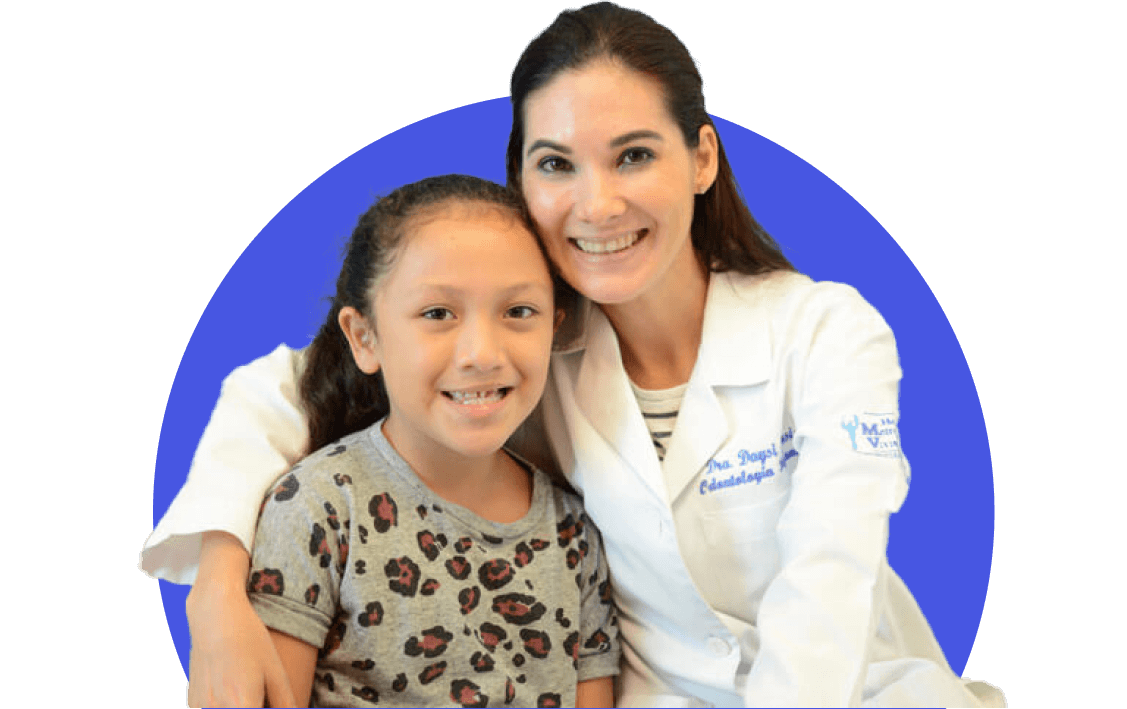- Cleft Home
- What is Cleft Lip and/or Palate?
- Prenatal Diagnosis
- Feeding Your Baby
- What is a Cleft Team?
- Surgery
- Hearing, Speech, and Dental Care
- Paying for Treatment
- Managing Feelings
- Craniofacial Conditions
- Toddlers and Preschoolers
- The School-Aged Years
- The Teenage Years
- Letter to a Teacher
- Information for Adults
- Support Organizations
- Learn More: Downloads
- Cleft Home
- What is Cleft Lip and/or Palate?
- Prenatal Diagnosis
- Feeding Your Baby
- What is a Cleft Team?
- Surgery
- Hearing, Speech, and Dental Care
- Paying for Treatment
- Managing Feelings
- Craniofacial Conditions
- Toddlers and Preschoolers
- The School-Aged Years
- The Teenage Years
- Letter to a Teacher
- Information for Adults
- Support Organizations
- Learn More: Downloads
How can I care for my child’s ears?
Children born with clefts need close monitoring of their ears as they grow. It is common for children born with a cleft palate to have problems with fluid and infections in the ear.
When the palate functions properly, its muscles open the Eustachian tubes, the small tubes that connect the back of the nose to the middle ear. When the Eustachian tubes open as they should, air is able to enter the space of the middle ear, keeping the ear healthy.
When a child is born with a cleft palate, the muscles of Eustachian tubes may not be able to open properly, causing a buildup of fluid in the middle ear. This fluid can become infected. A buildup of fluid that becomes infected is called an ear infection, or acute otitis media. A buildup of fluid that is not infected is called otitis media with effusion.
Why is fluid considered a problem?
The buildup of any fluid in the middle ear, whether infected or not, can cause temporary hearing loss for a child. And even mild hearing loss can affect a child’s speech and language.
What is the treatment for hearing loss?
Children born with cleft palate should have their ears examined regularly by their primary care physician or by the otolaryngologist (ENT) on their cleft team.
If a child has fluid in the middle ear, it will need to be monitored closely to see if it self-resolves or persists. If the fluid persists for several months or if the infant experiences repeated ear infections requiring antibiotics, the doctor may recommend a minor surgical procedure called a myringotomy.
During a myringotomy, a surgeon makes a small slit in the eardrum to drain the fluid, then inserts a tiny plastic or metal tube called a pressure-equalization tube (also called a PE tube). PE tubes allow air to enter the middle ear and prevent fluid from building up.
As a child grows, PE tubes fall out on their own, usually between 6 months and 3 years after insertion. Once the tubes fall out, the site usually heals well. Repeated myringotomies and PE tubes may be required in some cases.
Why are ear exams important?
It is important for a child born with a cleft palate to have frequent ear exams with a primary care doctor or with the ENT on their cleft team. Fluid in the middle ear can be hard to detect at home because it does not always result in clear symptoms like earaches or fevers. Fluid in the middle ear can cause adverse health effects for a child, including hearing loss, as mentioned above.
Your child’s cleft team should monitor your child for hearing loss and chronic otitis media with effusion. In most cases, frequent check-ups and timely treatment (like the PE tubes described above) can readily solve problems with the ears and with hearing. Hearing tests are typically administered by an audiologist. The tests are not invasive or painful.



